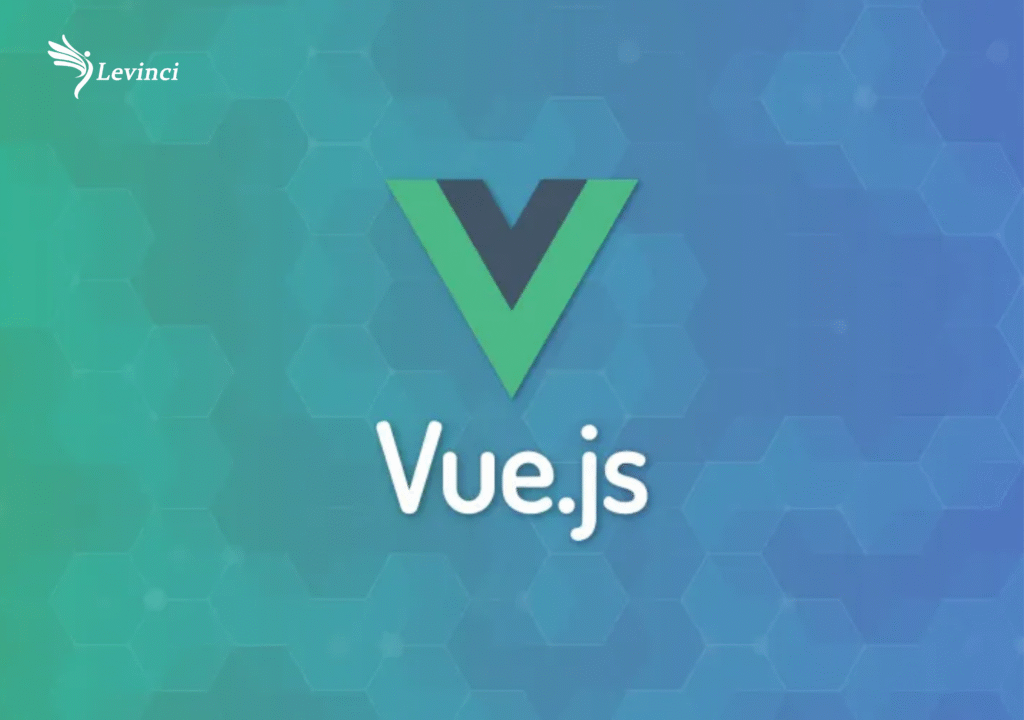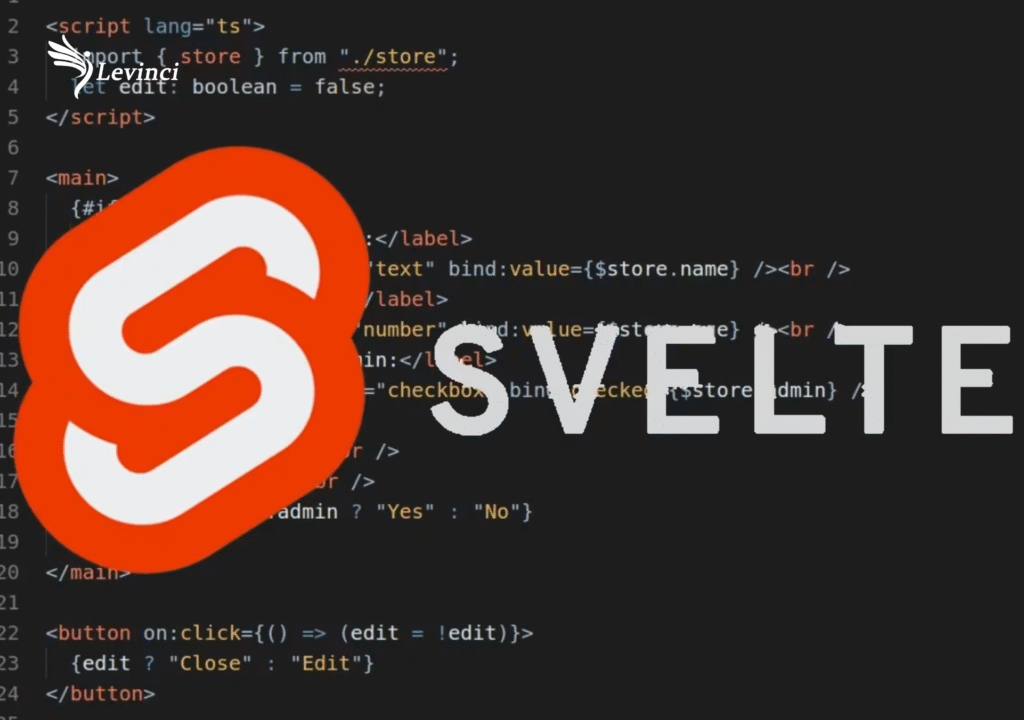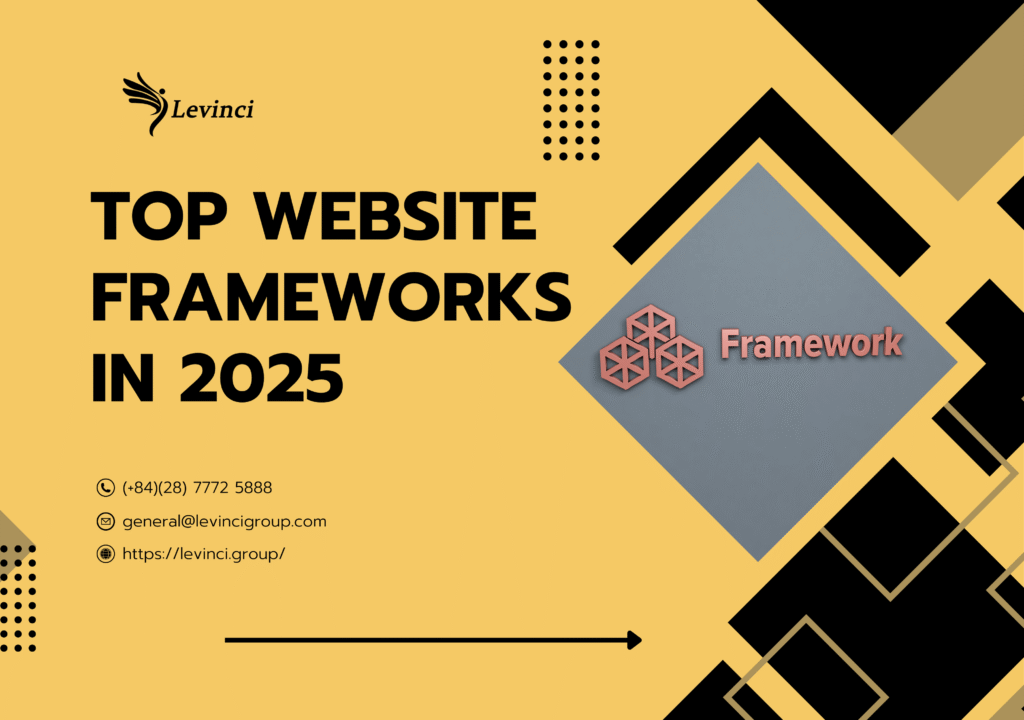As web technologies continue to evolve at a rapid pace, choosing the right website framework has become more critical than ever in 2025. This year, frameworks like React, Vue.js, Angular, and emerging contenders powered by modern innovations are dominating the landscape. In this article, Levinci explores the top website frameworks shaping the future of web development in 2025, highlighting their features, strengths, and ideal use cases to help developers and businesses make informed decisions.
What Are Web Frameworks?
Web frameworks are software tools and libraries designed to simplify and accelerate the development of web applications and websites. They provide developers with a structured foundation and reusable components that handle common web development tasks such as routing, database interaction, session management, and user interface rendering. Web frameworks allow developers to focus more on building unique features and business logic rather than reinventing the wheel.
At their core, web frameworks offer a standardized way to build and organize code, ensuring that applications are maintainable, scalable, and secure. They often include pre-built modules for handling HTTP requests and responses, templating engines to dynamically generate HTML, and integration with databases for data storage and retrieval. This cohesive environment helps reduce development time, minimize bugs, and enforce best practices across teams.
There are various types of web frameworks tailored to different programming languages and development styles. For example, frontend frameworks like React, Vue.js, and Angular focus on creating interactive user interfaces and managing client-side logic, whereas backend frameworks such as Express.js (Node.js), Django (Python), and Ruby on Rails handle server-side processing, APIs, and database operations. Full-stack frameworks combine both frontend and backend capabilities to offer an all-in-one solution.

Web frameworks offer a standardized way to build and organize code
Top Frontend Frameworks in 2025
In 2025, web frameworks continue to evolve, incorporating modern features such as component-based architecture, server-side rendering, and enhanced performance optimizations. They are essential tools that empower developers to build responsive, high-performing, and user-friendly websites and applications more efficiently. Here are some top frontend frameworks in 2025:
React.js
At its heart, React.js (often simply called React) is not strictly a full-fledged framework but a powerful, open-source JavaScript library for building user interfaces (UIs). Developed and maintained by Meta (Facebook) and a vast community, React introduced the revolutionary concept of the Virtual DOM, which dramatically improves performance by minimizing direct manipulations of the actual browser DOM.
Developers create reusable UI components, fostering a modular and efficient development process. Its declarative approach means you describe what you want the UI to look like, and React efficiently updates the DOM to match.
React’s flexibility, vast ecosystem of third-party libraries, and strong community support make it an enduringly popular choice for developing complex Single Page Applications (SPAs) and dynamic user interfaces. However, its library status means that for full-fledged web applications, developers often need to integrate additional tools for routing, state management, and server-side capabilities.

React’s flexibility, vast ecosystem of third-party libraries, and strong community support
Next.js (React-based)
Stepping beyond React’s library status, Next.js emerges as a robust React framework that provides a comprehensive solution for building production-ready web applications. Developed by Vercel, Next.js builds on the strengths of React by offering crucial features out-of-the-box that are often complex to implement manually with pure React.
Its standout capabilities include Server-Side Rendering (SSR) and Static Site Generation (SSG), which significantly improve initial page load times, enhance Search Engine Optimization (SEO), and provide a better user experience.
Next.js streamlines development with file-system routing, automatic code splitting, image optimization, and API routes, essentially giving React the full-stack superpowers it needs for a wide array of projects, from content-heavy marketing sites and e-commerce platforms to complex dashboards. It’s the go-to choice for React developers looking to create highly performant and SEO-friendly applications with less configuration overhead.

Next.js emerges as a robust React framework that provides a comprehensive solution
Vue.js 3 / Nuxt 3
Vue.js (or simply Vue) is a progressive JavaScript framework renowned for its approachability, clear documentation, and progressive adaptability. It’s often praised for being easier to learn than Angular while offering a cleaner API than React, making it a favorite for both beginners and experienced developers.
Vue 3, its latest major iteration, brought significant performance improvements, a smaller bundle size, and the powerful Composition API, which offers a more flexible way to organize and reuse component logic, particularly beneficial for larger applications.

Vue.js is a progressive JavaScript framework renowned for its approachability
Building upon Vue 3, Nuxt 3 acts as the powerful meta-framework that transforms Vue from a client-side UI library into a full-fledged, universal application framework. Similar to Next.js for React, Nuxt 3 provides a structured environment that simplifies complex tasks like Server-Side Rendering (SSR), Static Site Generation (SSG), and routing (file-based routing is a major convenience).
Nuxt 3 leverages modern tools like Vite for faster development and comes with integrated TypeScript support, an efficient Nitro server engine for optimized deployments, and robust features for API routes and middleware. It’s the ideal choice for developers who love Vue’s developer experience but need the performance, SEO, and full-stack capabilities necessary for enterprise-grade applications, e-commerce platforms, and content-rich websites.
Svelte / SvelteKit
Svelte stands out in the crowded frontend space with a fundamentally different approach. Unlike React or Vue, which perform much of their work in the browser at runtime using a Virtual DOM, Svelte is a compiler. This means that Svelte code is compiled into tiny, vanilla JavaScript bundles at build time, with no large runtime framework shipped to the browser.
This “no virtual DOM” approach results in incredibly small bundle sizes and exceptionally fast runtime performance, as the code directly updates the actual DOM. It simplifies reactivity, allowing developers to write highly concise components with less boilerplate. SvelteKit is the application framework built on top of Svelte, providing the necessary structure and features to build complete, production-ready web applications.
Analogous to Next.js for React or Nuxt 3 for Vue, SvelteKit adds essential capabilities such as file-system-based routing, Server-Side Rendering (SSR), Static Site Generation (SSG), and API routes. It offers a smooth development experience with hot module replacement and intelligent bundling, making it an excellent choice for developers prioritizing ultimate performance, smaller bundle sizes, and a highly efficient development workflow for everything from static marketing sites to dynamic web applications.

Svelte stands out in the crowded frontend space with a fundamentally different approach
How to Choose the Right Framework in 2025
Choosing the right web framework in 2025 is a critical decision that can significantly impact the success, scalability, and maintainability of your web projects. With the rapid evolution of technology and the growing number of frameworks available, each with its own strengths, ecosystems, and use cases, making an informed choice requires a careful evaluation of multiple factors.
Selecting the best framework not only accelerates development but also ensures your application performs optimally and can adapt to future needs.
When deciding on a framework, consider your project’s specific requirements, such as the complexity of the application, performance expectations, and the target audience.
For example, if SEO and fast initial page loads are priorities, frameworks offering server-side rendering like Next.js or Nuxt 3 might be ideal.
On the other hand, if you’re building highly interactive user interfaces with a need for flexibility and a large ecosystem, React.js or Vue.js could be better suited.
Developer experience and community support also play a vital role. A framework with a strong, active community offers a wealth of libraries, tools, and resources, which can reduce development time and simplify troubleshooting.
Additionally, assess the learning curve and whether your team has expertise with the framework’s underlying technologies, as this influences productivity and project timelines.

When deciding on a framework, consider your project’s specific requirements
Scalability and maintainability should not be overlooked. Frameworks that promote modular architecture, reusable components, and clear separation of concerns help ensure your application can grow and evolve without becoming unmanageable.
Consider also the framework’s compatibility with modern development practices such as TypeScript integration, API-driven architectures, and support for emerging technologies like AI and edge computing.
Finally, evaluate the framework’s performance characteristics and deployment flexibility. Some frameworks are optimized for client-side rendering and rich interactivity, while others excel at static site generation or hybrid approaches. Understanding these differences will help you align your framework choice with your infrastructure and user experience goals.
Conclusion
Choosing the right website framework in 2025 is essential for building fast, scalable, and maintainable web applications that meet today’s user expectations. Whether you prioritize flexibility, performance, or ease of use, the frameworks highlighted, such as React, Vue.js, Angular, and newer emerging options, offer powerful tools to help developers deliver cutting-edge websites and applications. Staying up to date with these frameworks not only accelerates development but also ensures your projects remain competitive in an ever-evolving digital landscape.
Read more:

